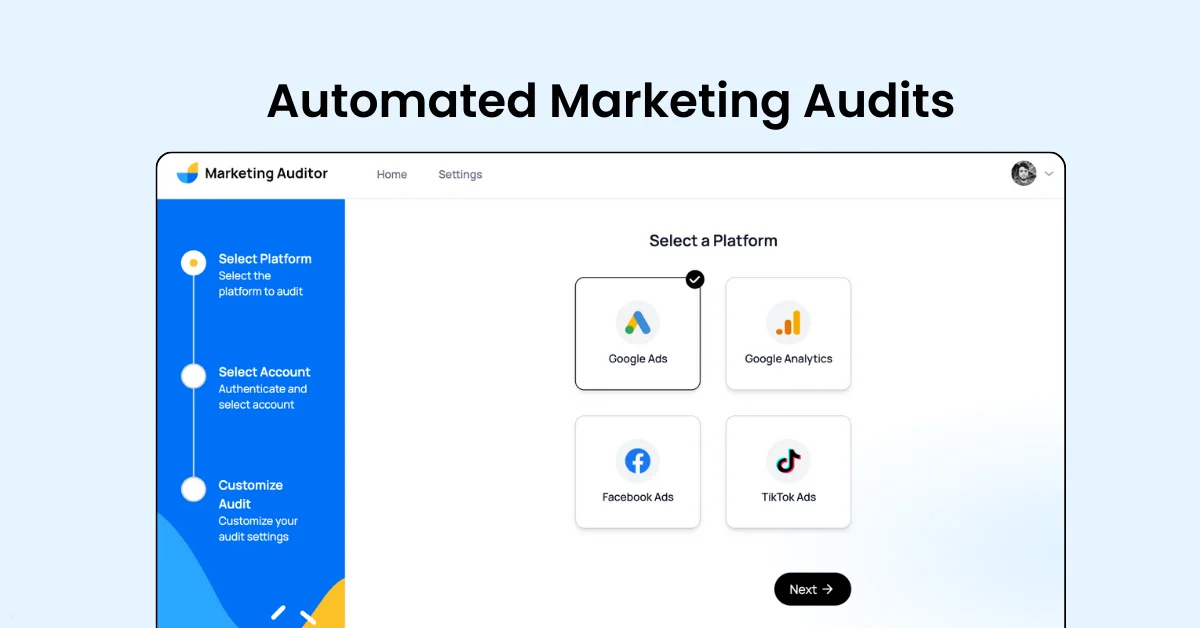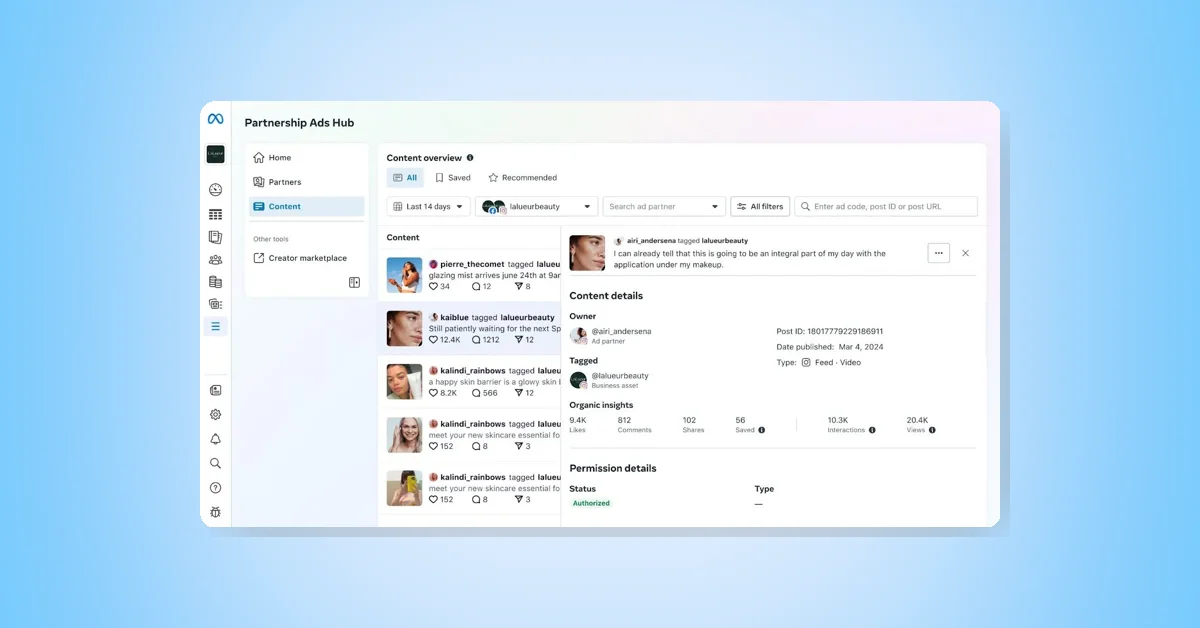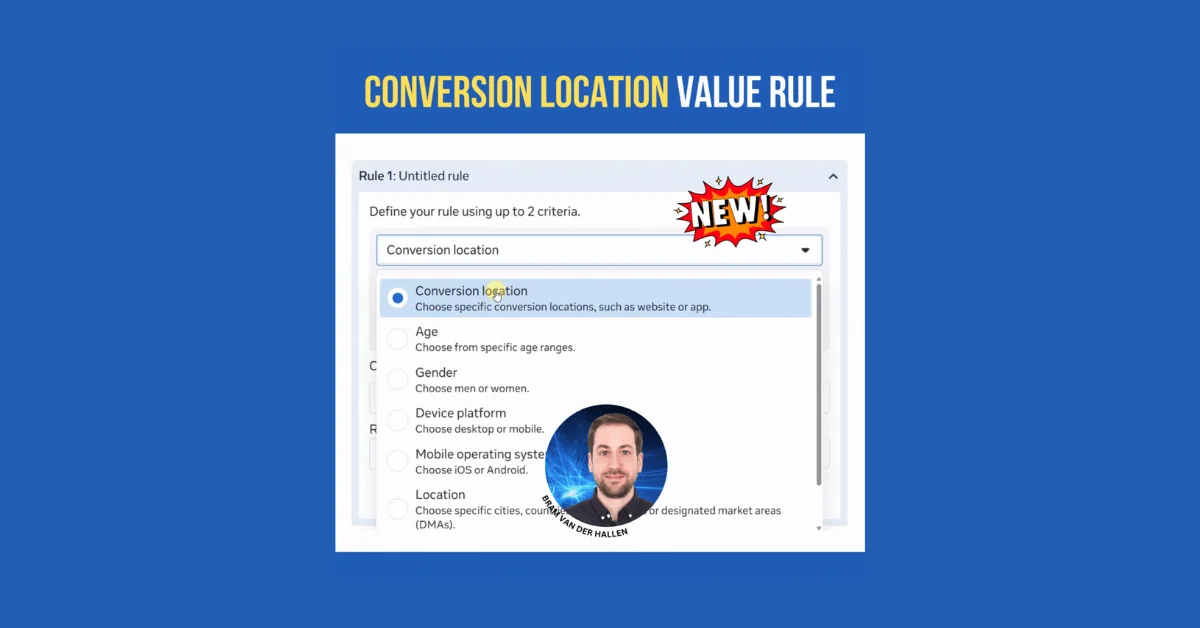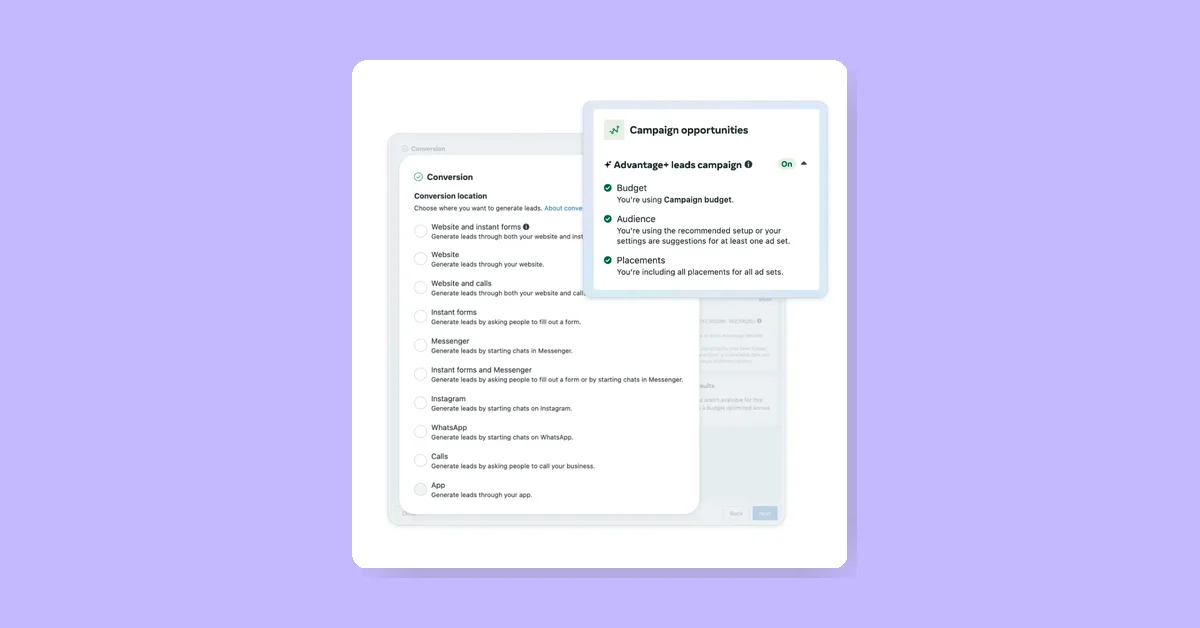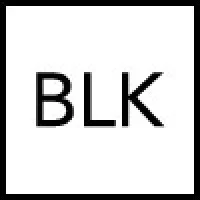Meta now charges advertisers upfront at the moment they confirm their ads purchase, with the charge equal to the budget set for the ad. For example, a campaign with a daily budget of $10 running for two days will be charged $20 immediately upon purchase confirmation. Advertisers on Facebook, Messenger, Instagram, or the Meta Audience Network manage expenses through budgets, spending limits, and payment thresholds, which Meta may adjust based on advertising and payment history.
Ad Budgets, Funding, and Spending
- Budget: The allocated amount to display ads, acting as a cost control tool for campaigns or ad sets.
- Amount spent: The approximate total spent on campaigns or ads during their schedule.
- Amount added: Funds added to the ad account to run ads, which may exceed actual spending.
Meta aims to spend the budget evenly over the ad's duration unless accelerated delivery is chosen. The budget set may differ from actual spending due to distribution over time.
Charging and Payment Settings
Meta ads operate via an auction system where charges are typically based on impressions. Advertisers add a payment method when creating their first ad, which determines billing settings:
- Automatic billing: Charges occur when a payment threshold is reached, with monthly billing for remaining costs. Common with PayPal and most credit/debit cards.
- Available funds: Advertisers prepay into their ad account, with deductions up to once daily. This method may include limits on funds added and daily spending. Auto reload and recurring payments can be set up.
Viewing Charges and Support
Ad spending can be tracked in Ads Manager under the Amount spent column, with detailed final charges available in Billing & payments. The final bill may exceed the ad budget as it covers all ads run during the billing period. For billing questions, Business Support Home provides contact options.
This upfront charging model and detailed budget management aim to give advertisers clearer control and predictability over their Meta ad spending.


